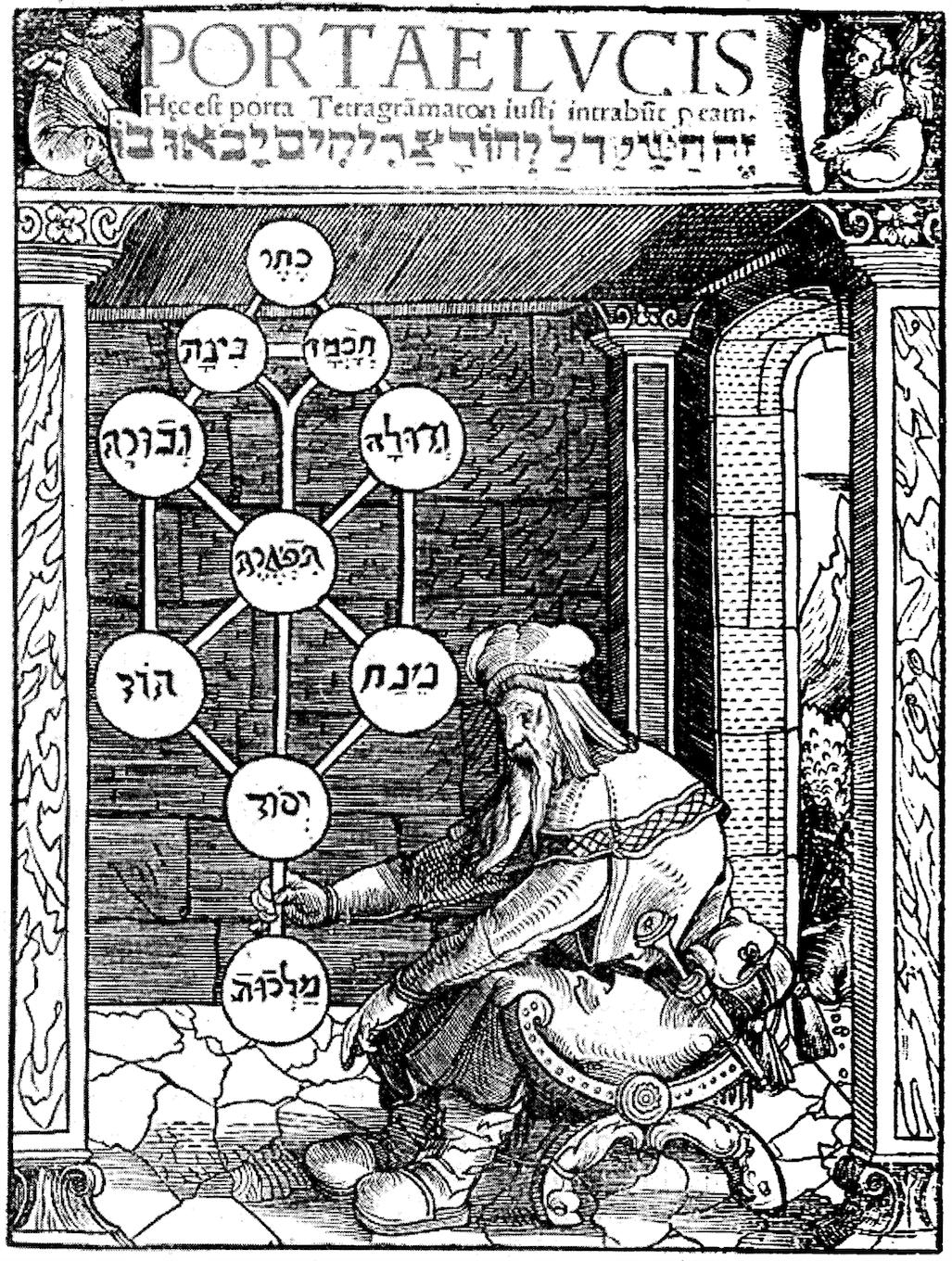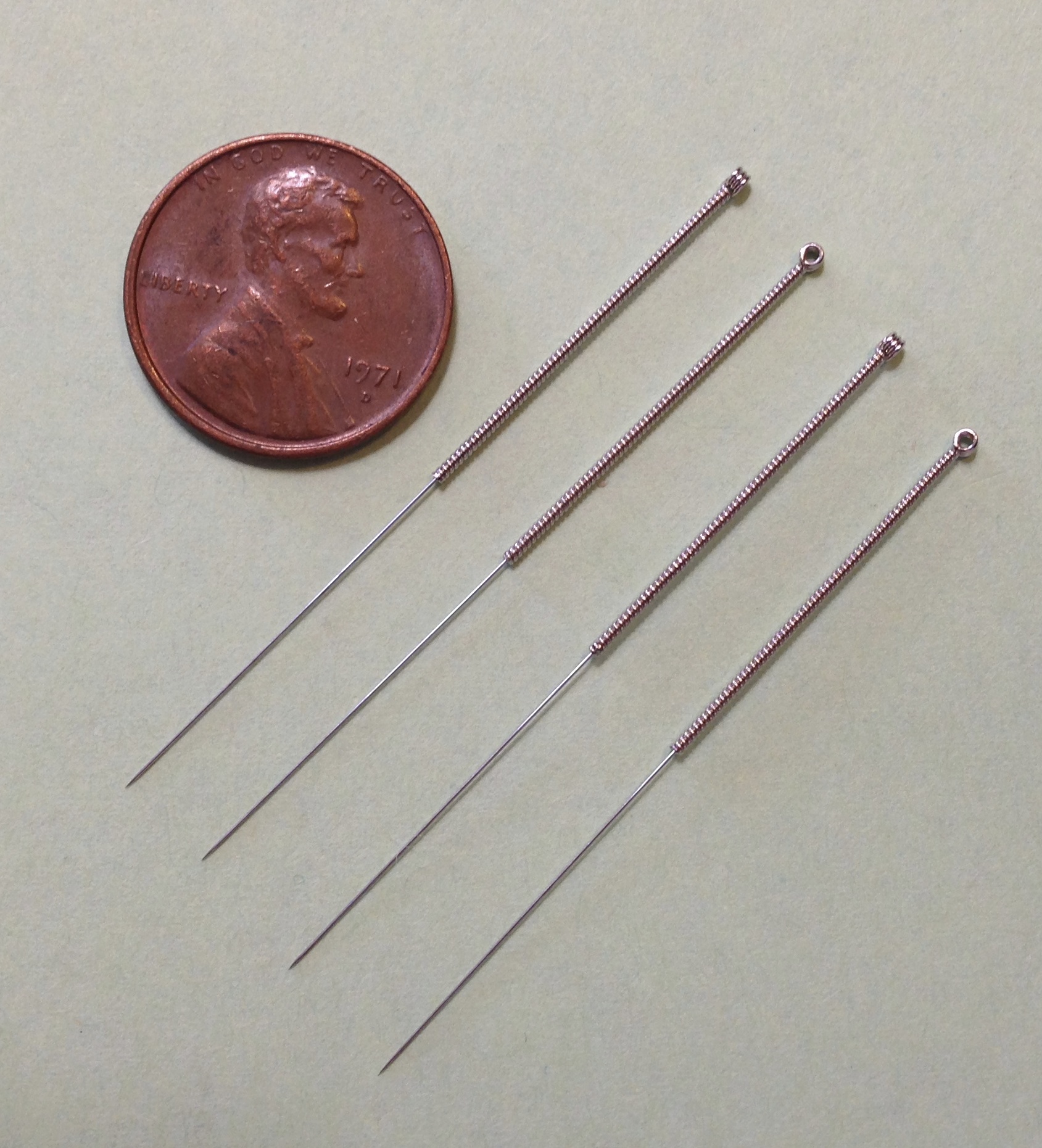|
Spiritual Energy
Proponents and practitioners of various esoteric forms of spirituality and alternative medicine refer to a variety of claimed experiences and phenomena as being due to "energy" or "force" that defy measurement or experimentation, and thus are distinct from uses of the term "energy" in science. Claims related to energy therapies are most often anecdotal, rather than being based on repeatable empirical evidence, thus not following the scientific method. There is no scientific evidence for the existence of such energy, and physics educators criticize the use of the term "energy" to describe ideas in esotericism and spirituality as unavoidably confusing. History The concept of esoteric energy has appeared in various cultures and spiritual traditions throughout history. Although interpretations differ, many traditions describe it as a vital force that animates living beings and permeates the cosmos. These ideas often overlap with religious, medical, and mystical frameworks, influe ... [...More Info...] [...Related Items...] OR: [Wikipedia] [Google] [Baidu] |
Esoteric
Western esotericism, also known as the Western mystery tradition, is a wide range of loosely related ideas and movements that developed within Western society. These ideas and currents are united since they are largely distinct both from orthodox Judeo-Christian, Judeo-Christian religion and Age of Enlightenment rationalism. It has influenced, or contributed to, various forms of Western philosophy, mysticism, Western religions, religion, science, pseudoscience, Western art history, art, Western literature, literature, and Western culture#Music, music. The idea of grouping a wide range of Western traditions and philosophies together under the term ''esotericism'' developed in 17th-century Europe. Various academics have debated numerous definitions of Western esotericism. One view adopts a definition from certain esotericist schools of thought themselves, treating "esotericism" as a perennial philosophy, perennial hidden inner tradition. A second perspective sees esotericism as a ... [...More Info...] [...Related Items...] OR: [Wikipedia] [Google] [Baidu] |
Pneuma
''Pneuma'' () is an ancient Greek word for "breathing, breath", and in a religious context for "spirit (animating force), spirit". It has various technical meanings for medical writers and philosophers of classical antiquity, particularly in regard to physiology, and is also used in Greek translations of ''ruach'' :wikt:רוח, רוח in the Hebrew Bible, and in the Novum Testamentum Graece, Greek New Testament. In classical philosophy, it is distinguishable from ''Psyche (psychology)#Etymology, psyche'' (), which originally meant "breath of life", but is regularly translated as "spirit" or most often "soul#Philosophical views, soul". Presocratics , "air in motion, breath, wind", is equivalent in the material monism of Anaximenes of Miletus, Anaximenes to (, "air") as the element from which all else originated. This usage is the earliest extant occurrence of the term in philosophy. A quotation from Anaximenes observes that "just as our soul (''psyche''), being air (), holds us ... [...More Info...] [...Related Items...] OR: [Wikipedia] [Google] [Baidu] |
Eastern Philosophy
Eastern philosophy (also called Asian philosophy or Oriental philosophy) includes the various philosophies that originated in East and South Asia, including Chinese philosophy, Japanese philosophy, Korean philosophy, and Vietnamese philosophy, which are dominant in East Asia; and Indian philosophy (including Hindu philosophy, Jain philosophy, Buddhist philosophy), which are dominant in South Asia, Southeast Asia, Tibet, Japan and Mongolia. Indian philosophy Indian philosophy refers to ancient philosophical traditions (; 'world views', 'teachings') of the Indian subcontinent. Hinduism may have roots dating back to the times of the Indus Valley civilization. The major orthodox schools arose sometime between the start of the Common Era and the Gupta Empire. These Hindu schools developed what has been called the "Hindu synthesis" merging orthodox Brahmanical and unorthodox elements from Buddhism and Jainism. Hindu thought also spread east to the Indonesian Srivijaya empir ... [...More Info...] [...Related Items...] OR: [Wikipedia] [Google] [Baidu] |
Qi Gong
Qigong ()) is a system of coordinated body-posture and movement, breathing, and meditation said to be useful for the purposes of health, spirituality, and martial arts training. With roots in Traditional Chinese Medicine, Chinese medicine, Chinese philosophy, philosophy, and Chinese martial arts, martial arts, qigong is traditionally viewed by the Chinese and throughout Asia as a practice to cultivate and balance the mystical life-force ''qi''. Qigong practice typically involves moving meditation, coordinating slow-flowing movement, deep rhythmic breathing, and a calm meditative state of mind. People practice qigong throughout China and worldwide for recreation, exercise, relaxation, preventive medicine, self-healing, alternative medicine, meditation, self-cultivation, and training for martial arts. Etymology ''Qigong'' (Pinyin), ''ch'i kung'' (Wade-Giles), and ''chi gung'' (Yale romanization of Mandarin, Yale) are romanizations of two Chinese words "''qì''" and "''gōng''" ( ... [...More Info...] [...Related Items...] OR: [Wikipedia] [Google] [Baidu] |
Tai Chi
is a Chinese martial art. Initially developed for combat and self-defense, for most practitioners it has evolved into a sport and form of exercise. As an exercise, tai chi is performed as gentle, low-impact movement in which practitioners perform a series of deliberate, flowing motions while focusing on deep, slow breaths. Often referred to as " meditation in motion", tai chi aims to concentrate and balance the body's purported (vital energy), providing benefits to mental and physical health. Many forms of tai chi are practiced, both traditional and modern. While the precise origins are not known, the earliest documented practice is from Chen Village and Zhabao Village in Henan on the North China Plain, a region where centuries of rebellions, invasions, and adverse economic and social conditions nurtured the development of a wide range of martial arts, including those of the Shaolin Monastery on Mount Song at the western edge of the plain. Most modern styles trace th ... [...More Info...] [...Related Items...] OR: [Wikipedia] [Google] [Baidu] |
Acupuncture
Acupuncture is a form of alternative medicine and a component of traditional Chinese medicine (TCM) in which thin needles are inserted into the body. Acupuncture is a pseudoscience; the theories and practices of TCM are not based on scientific knowledge, and it has been characterized as quackery. There is a range of acupuncture technological variants that originated in different philosophies, and techniques vary depending on the country in which it is performed. However, it can be divided into two main foundational philosophical applications and approaches; the first being the modern standardized form called eight principles TCM and the second being an older system that is based on the ancient Daoist '' wuxing'', better known as the five elements or phases in the West. Acupuncture is most often used to attempt pain relief, though acupuncturists say that it can also be used for a wide range of other conditions. Acupuncture is typically used in combination with other forms o ... [...More Info...] [...Related Items...] OR: [Wikipedia] [Google] [Baidu] |
Chinese Martial Arts
Chinese martial arts, commonly referred to with umbrella terms Kung fu (term), kung fu (; ), kuoshu () or wushu (sport), wushu (), are Styles of Chinese martial arts, multiple fighting styles that have developed over the centuries in Greater China. These fighting styles are often classified according to common traits, identified as "families" of martial arts. Examples of such traits include ''Shaolin kung fu, Shaolinquan'' () physical exercises involving Five Animals, All Other Animals () mimicry or training methods inspired by Chinese philosophies, Old Chinese philosophies, religions and legends. Styles that focus on qi manipulation are called ''Internal martial arts, internal'' (; ), while others that concentrate on improving muscle and cardiovascular fitness are called ''Styles of Chinese martial arts#External styles, external'' (; ). Geographical associations, as in ''northern'' (; ) and ''Nanquan (martial art), southern'' (; ), is another popular classification method. Ter ... [...More Info...] [...Related Items...] OR: [Wikipedia] [Google] [Baidu] |
Feng Shui
Feng shui ( or ), sometimes called Chinese geomancy, is a traditional form of geomancy that originated in ancient China and claims to use energy forces to harmonize individuals with their surrounding environment. The term ''feng shui'' means, literally, "wind-water" (i.e., fluid). From ancient times, Landscape, landscapes and bodies of water were thought to direct the flow of the universal qi – "cosmic current" or energy – through places and structures. More broadly, feng shui includes astronomical, astrological, architectural, cosmological, geographical, and topographical dimensions. Historically, as well as in many parts of the contemporary Chinese world, feng shui was used to choose the orientation of buildings, dwellings, and spiritually significant structures such as tombs. One scholar writes that in Western culture, contemporary Western societies, however, "feng shui tends to be reduced to interior design for health and wealth. It has become increasingly visible th ... [...More Info...] [...Related Items...] OR: [Wikipedia] [Google] [Baidu] |
Meridian (Chinese Medicine)
The meridian system (, also called channel network) is a pseudoscientific concept from traditional Chinese medicine (TCM) that alleges meridians are paths through which the life-energy known as " qi" (''ch'i'') flows. Meridians are not real anatomical structures: scientists have found no evidence that supports their existence. One historian of medicine in China says that the term is "completely unsuitable and misguided, but nonetheless it has become a standard translation." Major proponents of their existence have not come to any consensus as to how they might work or be tested in a scientific context. History The concept of meridians are first attested in two works recovered from the Mawangdui and Zhangjiashan tombs of the Han-era Changsha Kingdom, the ''Cauterization Canon of the Eleven Foot and Arm Channels'' ''Zúbì Shíyī Mài Jiǔjīng'') and the ''Cauterization Canon of the Eleven Yin and Yang Channels'' ''Yīnyáng Shíyī Mài Jiǔjīng''). In the texts, the me ... [...More Info...] [...Related Items...] OR: [Wikipedia] [Google] [Baidu] |
Traditional Chinese Medicine
Traditional Chinese medicine (TCM) is an alternative medicine, alternative medical practice drawn from traditional medicine in China. A large share of its claims are pseudoscientific, with the majority of treatments having no robust evidence of effectiveness or logical mechanism of action. Some TCM ingredients Traditional Chinese medicine#Safety, are known to be toxic and cause disease, including cancer. Medicine in traditional China encompassed a range of sometimes competing health and healing practices, folk beliefs, Scholar-official, literati theory and Confucianism, Confucian philosophy, Chinese herbology, herbal remedies, Chinese food therapy, food, diet, exercise, medical specializations, and schools of thought. TCM as it exists today has been described as a largely 20th century invention. In the early twentieth century, Chinese cultural and political modernizers worked to eliminate traditional practices as backward and unscientific. Traditional practitioners then selec ... [...More Info...] [...Related Items...] OR: [Wikipedia] [Google] [Baidu] |
Taoist Philosophy
Taoist philosophy () also known as Taology refers to the various philosophical currents of Taoism, a tradition of China, Chinese origin which emphasizes living in harmony with the ''Tao, Dào'' (, Daoism–Taoism romanization issue, also romanized as ''Tao''). The ' is a mysterious and deep principle that is the source, pattern and substance of the entire universe. Since the initial stages of Taoist thought, there have been varying schools of Taoist philosophy and they have drawn from and interacted with other philosophical traditions such as Confucianism and Buddhism. Taoism differs from Confucianism in putting more emphasis on physical and spiritual cultivation and less emphasis on political organization. Throughout its history, Taoist philosophy has emphasised concepts like ''Wu wei, wúwéi'' ("effortless action"), ''Ziran, zìrán'' (, "natural authenticity"), ''Qi, qì'' ("spirit"), ''Mu (negative), wú'' ("non-being"), ''Wuji (philosophy), wújí'' ("non-duality"), ''Taij ... [...More Info...] [...Related Items...] OR: [Wikipedia] [Google] [Baidu] |
Spiritus (other)
Spiritus (Latin for " spirit" or "breathing") may refer to: *Spiritus lenis, the "soft breathing" in Byzantine Greek orthography *Spiritus asper In the polytonic orthography of Ancient Greek, the rough breathing ( or ; ) character is a diacritical mark used to indicate the presence of an sound before a vowel, diphthong, or after rho. It remained in the polytonic orthography even afte ..., the "hard breathing" in Byzantine Greek orthography * ''Spiritus'' (journal), an academic journal devoted to the study of Christian spirituality * Spiritus (novel), a 1996 novel by Ismail Kadare * ''Spiritus'' (EP) an extended play by Australian singer songwriter, Lisa Mitchell, 2012 ** "Spiritus" (song) a single by Lisa Mitchell from the 2012 EP {{disambiguation ... [...More Info...] [...Related Items...] OR: [Wikipedia] [Google] [Baidu] |








